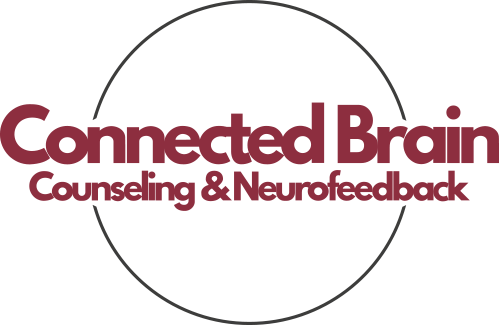Understanding the Nature of Conflict
Conflict in relationships can be distressing, but it’s important to recognize that it can also be an opportunity for growth. When managed constructively, conflict can help couples learn more about each other’s needs, foster intimacy, and improve communication. Understanding that conflict is a natural part of any relationship can help reduce anxiety and fear surrounding disagreements.
Common Causes of Conflict
Several factors can contribute to conflicts in relationships:
- Different Communication Styles: Partners may have different ways of expressing themselves, leading to misunderstandings. One partner may prefer direct communication, while the other may be more indirect.
- Unmet Expectations: When one partner feels their needs or expectations are not being met, it can lead to frustration and conflict.
- Stress and External Pressures: External stressors, such as work or family issues, can spill over into the relationship, causing tension and conflict.
- Differences in Values or Beliefs: Conflicts can arise from differing values or beliefs, particularly regarding important issues such as finances, parenting, or lifestyle choices.
Strategies for Navigating Conflict
Here are several strategies couples can use to navigate conflict more effectively:
1. Stay Focused on the Issue at Hand
During a conflict, it’s essential to stay focused on the specific issue being discussed. Avoid bringing up past grievances or unrelated topics, as this can escalate the conflict and make resolution more challenging.
2. Take a Timeout if Needed
If emotions run high, take a timeout to cool off before continuing the discussion. This break can provide both partners with the space needed to process their feelings and return to the conversation with a clearer mindset.
3. Use Problem-Solving Techniques
Approach conflicts with a problem-solving mindset. Instead of viewing the conflict as a battle to win, frame it as a shared problem to solve together. This perspective encourages collaboration and fosters a sense of teamwork.
4. Respect Each Other’s Perspectives
Recognize that each partner’s feelings and perspectives are valid, even if they differ. Listening actively and trying to understand your partner’s viewpoint can create a more respectful dialogue.
5. Practice Empathy
Empathy involves understanding and sharing your partner’s feelings. Try to put yourself in their shoes and validate their emotions. This practice can help foster connection and reduce defensiveness during conflicts.
6. Set Ground Rules for Conflict Resolution
Establishing ground rules for discussions during conflicts can help create a safe and respectful environment. Rules might include no name-calling, taking turns speaking, and agreeing to pause if the conversation becomes too heated.
7. Seek Professional Help
If conflicts become frequent or intense, it may be beneficial to seek couples therapy. A trained therapist can help couples develop effective conflict resolution skills and improve communication.

The Gottman Institute – The Science of Conflict Resolution
American Psychological Association – Managing Conflict in Relationships
Psychology Today – How to Handle Conflict in Relationships
Conflict is a natural part of any relationship, but how couples handle it can make all the difference. By focusing on the issue at hand, practicing empathy, and using problem-solving techniques, couples can navigate conflicts in a way that strengthens their relationship.
At Connected Brain Counseling, we specialize in helping couples develop healthier conflict resolution strategies. Contact us today for a free consultation and take the first step toward a more harmonious relationship.





